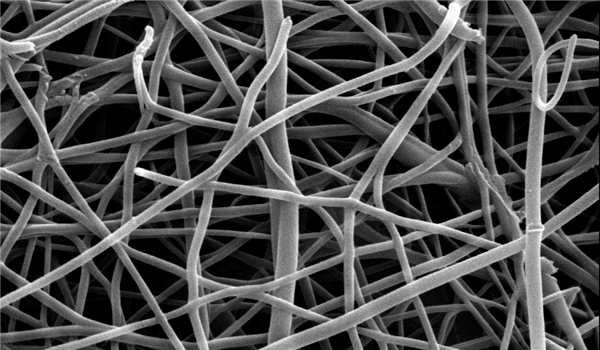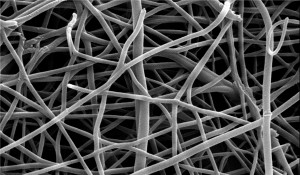Changing Composition of Nanofibers Results in Treatment of Scars, Deep Wound

 Iranian researchers from Isfahan University of Technology in association with researchers from Singapore National University produced nanofibers for the treatment of surface and deep wounds.
Iranian researchers from Isfahan University of Technology in association with researchers from Singapore National University produced nanofibers for the treatment of surface and deep wounds.
The nanofibers are made of cheap and available materials and they are able to control humidity and oxygen diffusion into the wound. Delivery of nutritious materials to cells and removing the wastes are among other characteristics of the product.
The nanofibers are made of cellulose acetate/gelatin, and they have a similar structure with human body with appropriate degradability. Among other achievements of the research, mention can be made of the use of relatively cheap materials that are commercially available and the application of electrospinning method as the most common-used and cost-effective method for the production of nanofibers. The interesting point is that only by changing the ratio of cellulose acetate to gelatin, the nanofibers can be used as bandages in the treatment of superficial wounds or as scaffold in the recovery of deep wounds.
The produced nanofibers enable the desirable interaction with cells by carrying out dimension and structural simulation of natural cellular external matrix. The porosity in the nanofiberous structure provides the chance for the delivery of nutritious materials to the cells and removing the waste from the cells. These facts are considered as key parameters in the success of tissue engineering technology in the recovery of damaged tissues.
Researchers hope to modify the produced structures after in vivo tests in animal samples and clinical test so they can be used in the treatment of various skin damages. Moreover, the release of various types of drugs for the treatment of wound and reducing infection is among other applications of the nanofibers.
Results of the research have been published in Journal of Biomaterials Applications, vol. 28, issue 6, January 2014, pp. 909-921.







